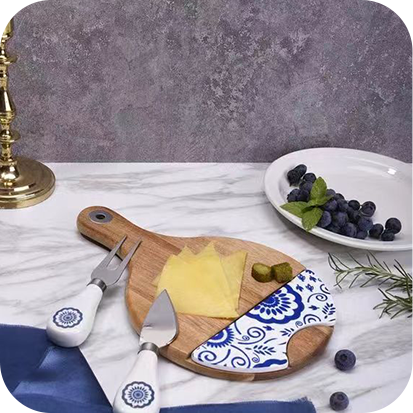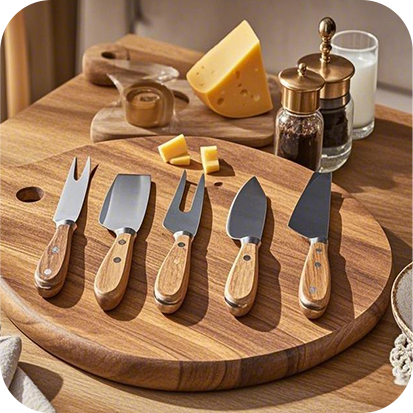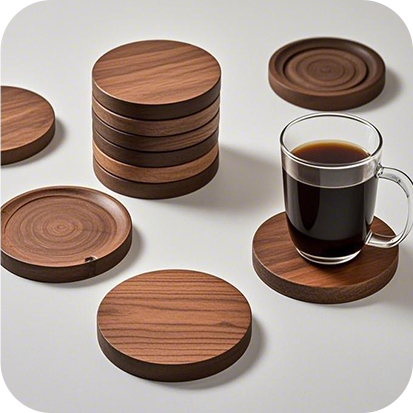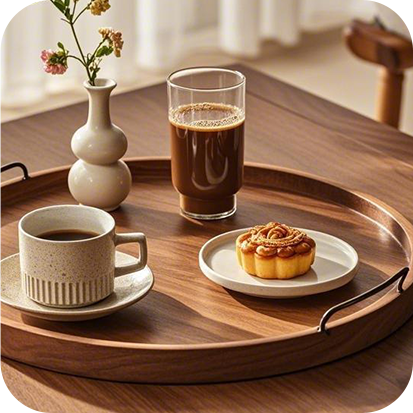How to Choose the Right Cutting Board? A Comprehensive Analysis: Bamboo vs. Acacia Wood
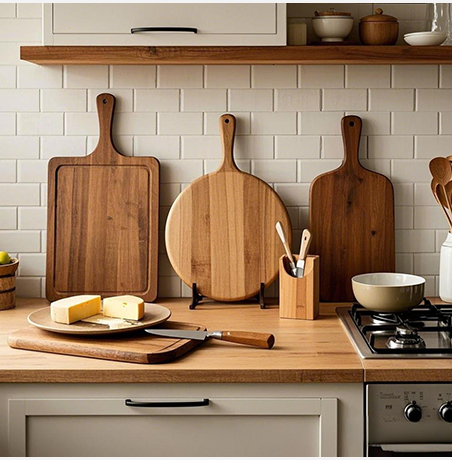
Introduc
Cutting boards are more than just kitchen accessories—they are vital for food preparation, hygiene, and overall kitchen safety. As consumers become more eco-conscious, the choice between bamboo and acacia wood has become increasingly important. This article provides a detailed analysis of bamboo vs. acacia wood cutting boards, ensuring that you can make an informed decision based on your lifestyle and kitchen requirements.
Bamboo Cutting Boards
Overview
Bamboo cutting boards have gained popularity for their eco-friendly properties and modern appeal. Bamboo is one of the fastest-growing plants on Earth, making it a renewable resource that is ideal for environmentally conscious consumers.
Key Advantages
· Eco-Friendly: Bamboo’s rapid growth makes it one of the most sustainable materials available. It is a renewable resource that helps reduce environmental impact.
· Lightweight: Bamboo boards are generally lighter than traditional hardwood boards, making them easier to handle and transport.
· Hard Surface: The naturally hard surface of bamboo helps resist deep knife cuts, maintaining a cleaner appearance over time.
· Cost-Effective: Bamboo cutting boards are often more affordable, providing good value for everyday use.
Considerations
· Maintenance: Bamboo cutting boards may require more frequent oiling to prevent surface cracking and maintain their longevity.
· Surface Wear: Due to its hardness, bamboo can sometimes develop shallow knife marks that may harbor bacteria if not properly maintained.
· Water Sensitivity: Prolonged exposure to water can lead to warping if the board is not dried thoroughly after use.
Acacia Wood Cutting Boards
Overview
Acacia wood cutting boards are known for their durability and elegant appearance. Acacia wood offers a rich, warm tone and a distinctive grain pattern, making it a favorite for those who value both aesthetics and functionality.
Key Advantages
· Durability: Acacia wood is a premium hardwood that is exceptionally durable and resistant to everyday wear and tear.
· Aesthetic Appeal: The natural beauty of acacia wood, with its rich colors and unique patterns, adds a touch of sophistication to any kitchen.
· Low Maintenance: Acacia cutting boards require less frequent oiling compared to bamboo, making them easier to maintain.
· Multi-Functional: These boards are not only practical for food preparation but also serve as attractive serving platters for cheese, fruits, or other culinary delights.
Considerations
· Weight: Acacia wood boards are generally heavier, which might be less convenient for some users.
· Price: Due to their premium nature, acacia wood cutting boards tend to be more expensive.
· Care Requirements: While less maintenance is needed compared to bamboo, acacia still benefits from regular oiling with food-grade mineral oil to preserve its finish and durability.
Key Factors to Consider
Sustainability
· Bamboo: As a fast-growing renewable resource, bamboo is highly sustainable and has a lower environmental impact.
· Acacia Wood: When sourced responsibly, acacia wood can also be an eco-friendly option, though it may not renew as quickly as bamboo.
Durability and Maintenance
· Bamboo: Durable for everyday use but may require more regular maintenance to keep the surface smooth.
· Acacia: Offers superior durability and a longer lifespan with minimal maintenance, ideal for those looking for a long-term investment.
Aesthetic and Functional Appeal
· Bamboo: Provides a modern, clean look that suits contemporary kitchen designs.
· Acacia: Boasts a luxurious and warm appearance that can elevate the presentation of your kitchen and dining area.
Price Point
· Bamboo: Generally more budget-friendly, making it a popular choice for households and commercial settings with multiple cutting boards.
· Acacia: Higher initial cost, but the investment is justified by its durability and refined appearance.
Conclusion
When choosing between a bamboo and acacia wood cutting board, consider your kitchen’s demands and your personal preferences. If sustainability, lightweight design, and affordability are your top priorities, a bamboo cutting board is an excellent choice. However, if you prefer a cutting board with a luxurious appearance, exceptional durability, and lower maintenance requirements, acacia wood is the way to go.
Both options offer unique benefits that cater to different lifestyles. By understanding these key factors, you can make an informed decision that enhances your kitchen’s functionality and aesthetic appeal while aligning with your values of sustainability and quality.
Keywords: cutting board, bamboo cutting board, acacia wood cutting board, sustainable kitchenware, eco-friendly kitchen products, durable cutting board, kitchen tools, choosing the right cutting board
This comprehensive analysis aims to help you select the perfect cutting board based on your unique needs. Whether you choose bamboo for its eco-friendl
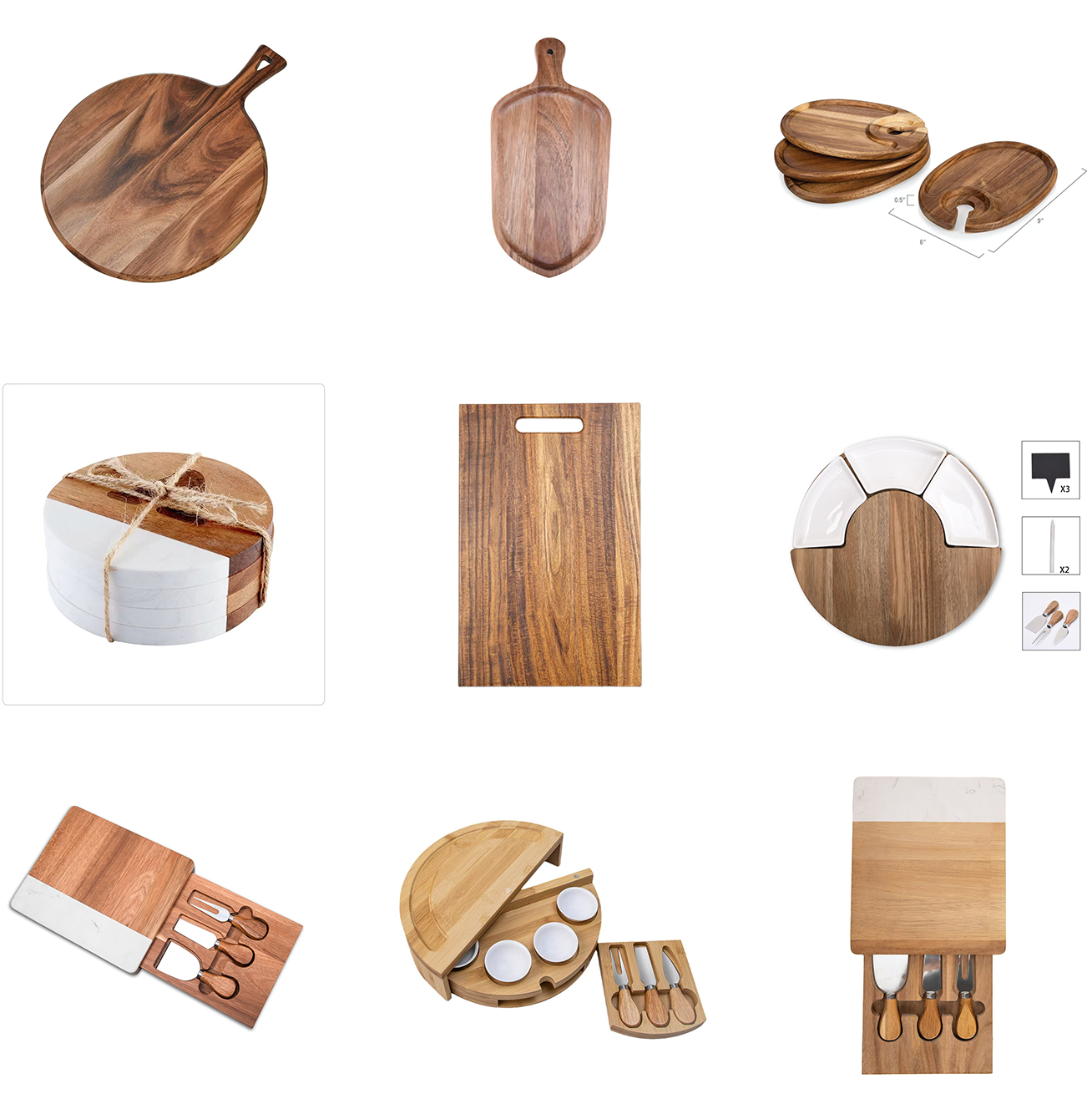
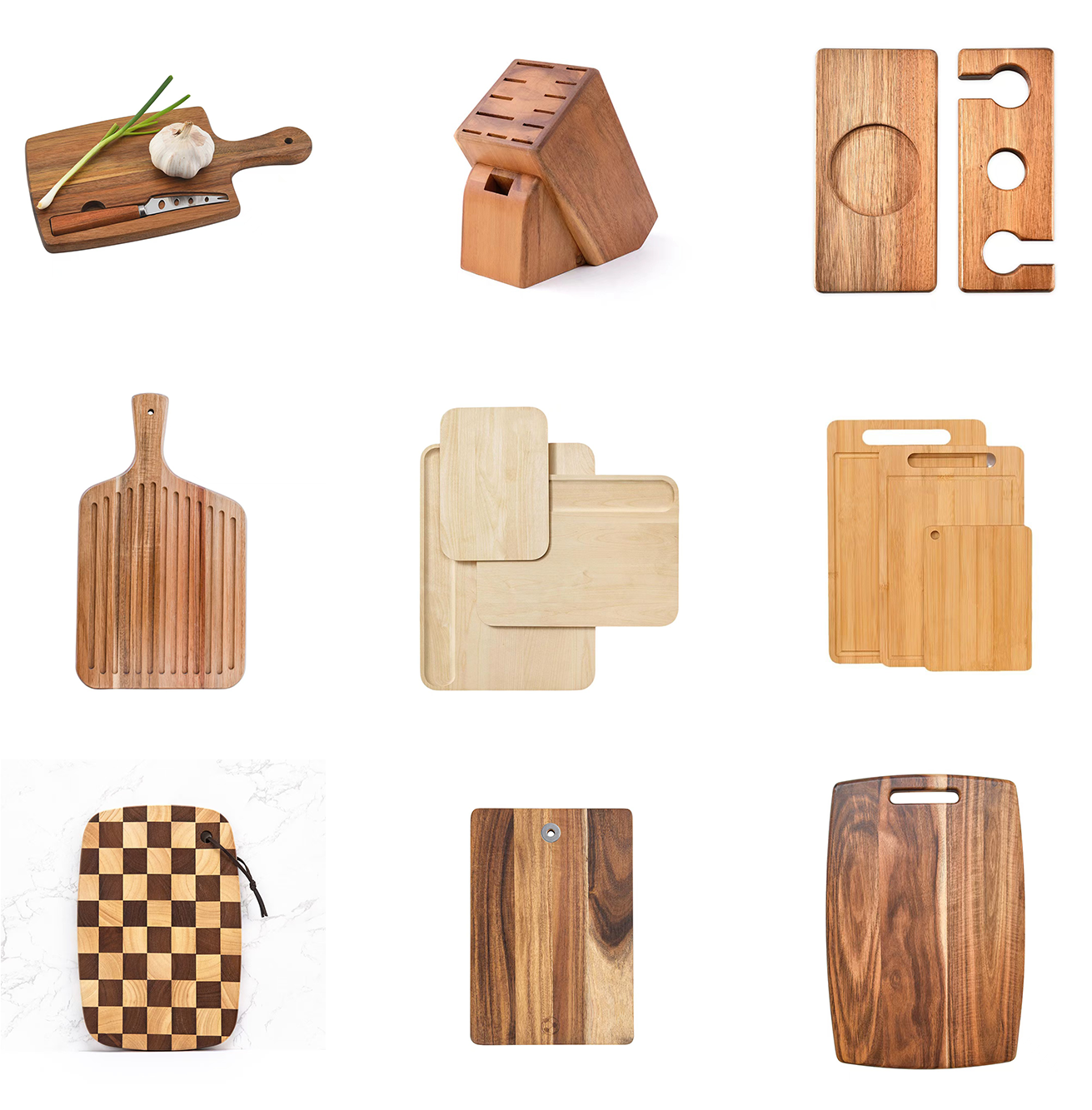
Yangjiang Cuthaven Kitchenware Co.,Ltd
Yangjiang Cuthaven Kitchenware Co.,Ltd.
specializes in the production and export of high-quality metal and wooden kitchenware. With over 16 years of experience in the industry, we have established ourselves as a trusted partner for businesses worldwide.














